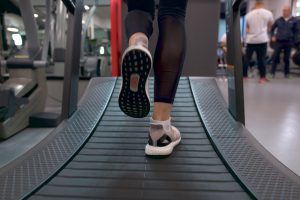
MRI findings of the right ankle: chronic, minimal tendinosis of the proximal, partially involved part of the Achilles tendon. Intra-articular effusion and fluid collections adjacent to the lateral malleolus, minimal in the bursa of the Achilles tendon accompanied by tenosynovitis of the long peroneal muscle tendon, thickening of the plantar fascia, cellulitis of the soft tissue structures.
Despite months of physical exercises and spa treatments, the pain remains the same, with burning sensation in the area of the Achilles tendon even at rest, and it’s worst in the morning when getting out of bed. Extracorporeal shock wave therapy has been performed as well. Please advise me on the direction of my treatment, what do you suggest, are massages recommended, considering the inflammation of the tendon? Kind regards.
The MRI findings indicate “inflammation of everything,” from the Achilles tendon and plantar fascia to some other tendons in the foot, and even irritation of the ankle joint. In such a condition, conventional physiotherapy and shock waves are not helpful. With due caution, as I have not conducted a proper examination, it’s possible to interpret this finding as “tired foot,” meaning the foot is overloaded for a prolonged period beyond its capacity for recovery.
Whether in this particular case it’s due to excessive body weight, a predominantly standing or walking job, or a combination of these factors, along with insufficient physical activity and stretching, is less important. What’s important is to understand that massages will not be helpful. Some interventions in the field of manual medicine such as joint mobilization techniques, fascial mobilizations, or dry needling may provide some relief, but the solution to your problems lies in appropriate physical activity, prescribed by a physiotherapist after examination.
This includes aerobic exercises (stationary bike or elliptical training), strengthening exercises for the lower back and legs (as weak muscles transfer excessive load to the Achilles tendon), and intensive and proper stretching. Weight reduction, if excessive, is of great importance in such findings. As the tendon metabolism is slow, patient persistence in the treatment process is as important as the expertise of the physiotherapist leading it.
